Landscape Photography Art is a photography created in accordance with the vision of the artist as a photographer. A Photo that is considered as art is done to express the artist’s perceptions and emotions and to share them with others.
A good working definition is that art photography is imagery whose final destination is designed to be the wall of someone’s house or office.
There doesn’t seem to be a definitive explanation or definition for what Art Photography is, but there do appear to be things that help define what it is.
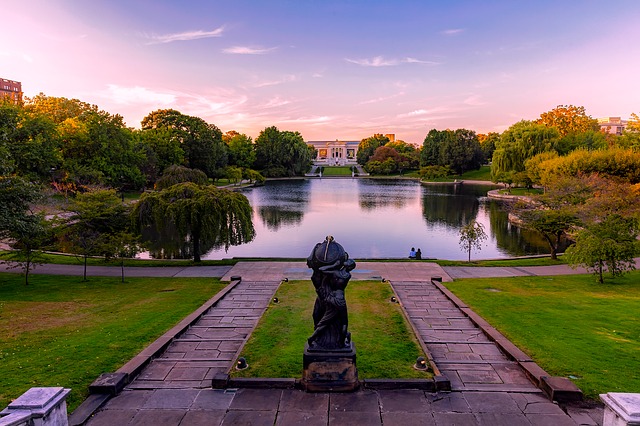
Tips for Capturing Art Landscape Photography
Good images, particularly landscape photography, almost always require a bit of planning. The season, times of day, weather, and your location, should all be considered before you head to the field. Landscape photography is difficult to do well. You’re relying not only on finding beautiful landscapes to photograph, but being there at the same time the weather and light are working together to create the conditions that you can use to photograph the landscape in a way that fulfills your creative vision.
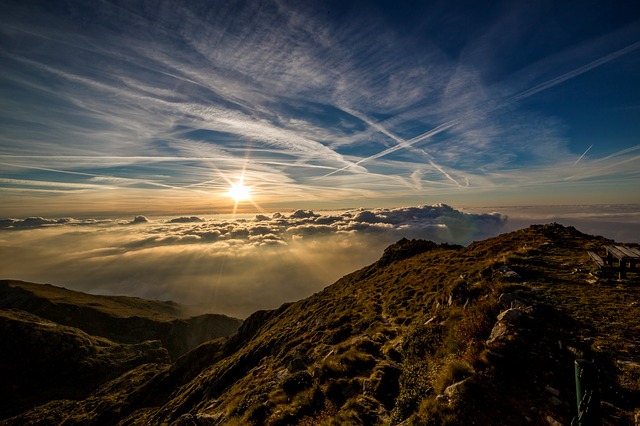
Select the location
Knowing a landscape that’s relatively near to where you live, allows you to know a place intimately. It means you can go deep and find the hidden corners that the typical visitor never finds. You got all the time, and you can shoot at all the seasons.
On the other hand, it’s a fact that most of us aren’t fortunate enough to live in the world’s most beautiful landscapes. The upside is that we get to travel to these places on our holidays and, once there, we have the advantage of seeing the location through new and fresh eyes.

Plan for the season
Think of the types of shots you are hoping to make, and then find out what time of year is best suited to those images. Most parts of the world have cold, wet, dry, or hot seasons and the success of your photos could depend on the season you choose. For every location you might visit, there are things about seasonality you should know in advance and try to make use of it.
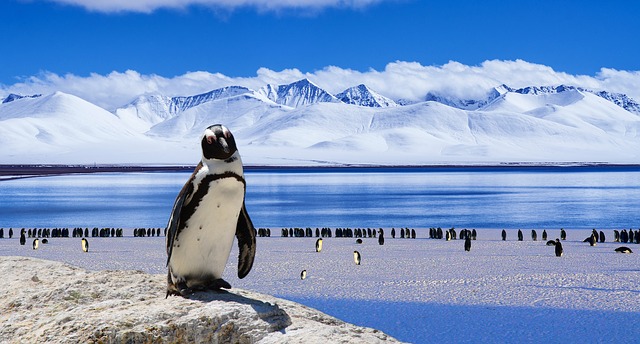
Check the weather
Taking astonishing landscape photos depends on a large number of weather-related variables. Weather forecast websites will be of a great help when you are choosing a location to shoot on a certain day. It helps you to know the sky conditions in advance, clear, or partial or fully covered cloudy skies, which will usually create the most dramatic and captivating, light scenes.
Also, there are some interesting desktop websites like Suncalc.net and SunEarthTools.com. These websites will be extremely useful because they tell you in advance when and where the sunrise, sunset, and sun location will be at any given date and hour at any specific location in the world.
A scene can change dramatically depending on the weather conditions at any given moment. As a result, choosing the right time to shoot is of real importance.
An overcast day that is threatening to rain might present you with a much better opportunity to create an image with a real mood and heavy overtones. Look for dramatic clouds, the sun shining through dark skies, rainbows, sunsets, and sunrises and work with these variations.
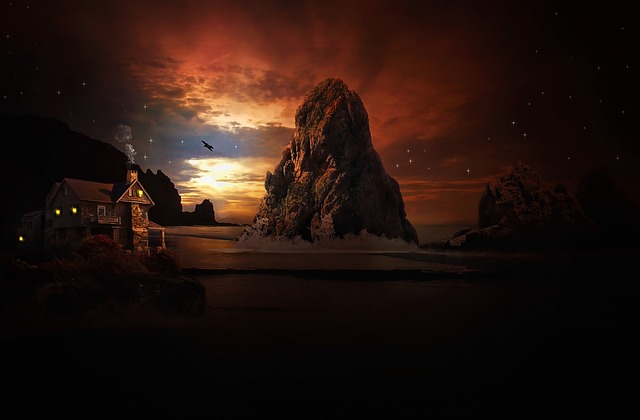
Use a tripod
As a result of the normal setting for the landscape (small aperture and the longer shutter speed), you need to be sure that your camera is firmly and completely still during the exposure. So, using a tripod is very important to you. Also, consider a cable or wireless shutter release mechanism for extra camera stillness. You may review my recommended Tripod and wireless shutter release.
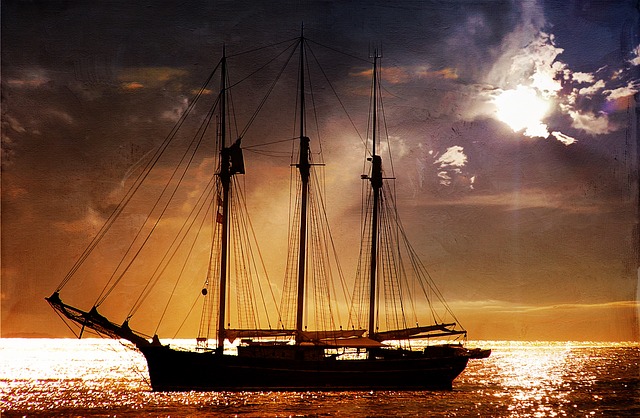
Go for a deeper depth of field
The normal approach is to ensure that as much of your scene is in focus as possible. The simplest way to do this is to choose a small Aperture setting (a large number) as the smaller your aperture the greater the depth of field in your shots.
Do keep in mind that smaller apertures mean less light is reaching to your image sensor and it means you need to compensate either by increasing your ISO or using longer shutter speed (or both). I have a special post about How to control your Depth of field.
Where to focus
Focal points can be any interesting object in landscapes scene, you may choose a building or structure, a lonely tree, a rock formation, a silhouette etc. You should consider not only what the focal point is but where you place it in the whole view. Sometimes, when there aren’t any distinctive objects to focus on, you may go for the hyperfocal distance, to get most of the scene in focus.
Place the horizon correctly
Most landscapes will either have a dominant foreground or an amazing sky. If you have an interesting foreground and unfortunately clean sky, you may place the horizon in the upper third of the shot. However, if the sky is filled with drama and interesting cloud formations and colors, place the horizon lower (in the lower third) and allow the sky to dominate the photo.
Shoot Raw
RAW files pack in a lot more information in the shadows and highlights, which means it allows you to edit details in areas that might have been exposed incorrectly. It allows for more flexibility when you post-process the images.
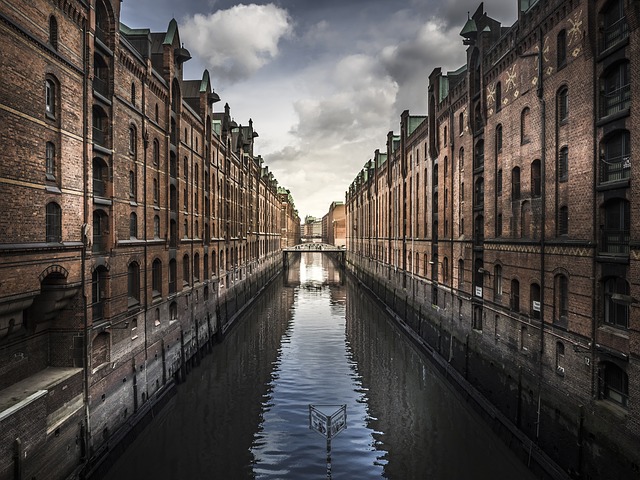
Edit your images
I can tell you that editing your photo is an absolutely essential part of creating remarkable images. By using editing software you can easily correct any defects in your photo. Change contrast, lighten up shadows, decrease highlights, sharpen certain areas apply some filters, and much more. Besides the well-known editing capabilities of famous software like Photoshop and Adobe Photoshop Lightroom, there are some techniques that are used to create more arty photos, such as photo bracketing to produce HDR photos. You may check my post about this technique HERE. You may also check my recommended software for HDR HERE
List of well-known landscape art photographers
Here is a list of some wonderful photographers and some of their photos, enjoy the show!
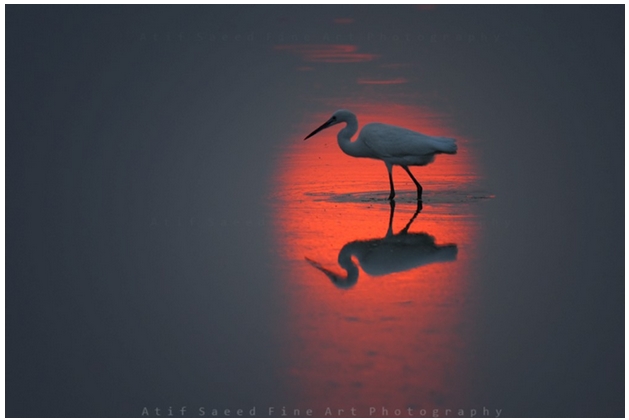
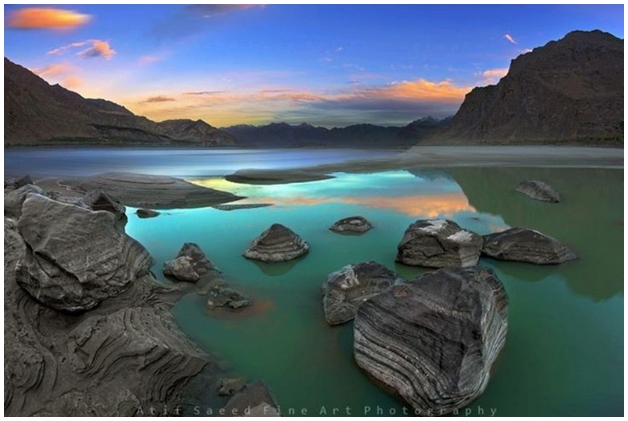

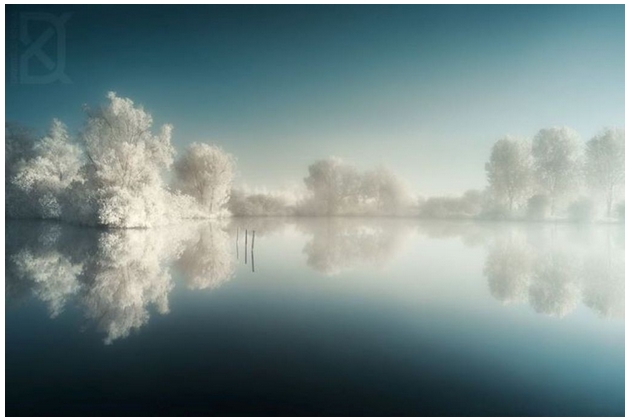
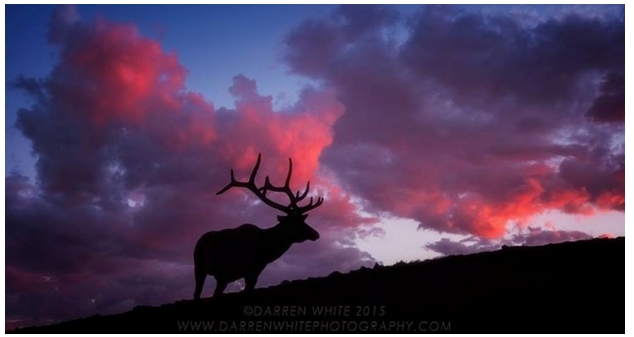
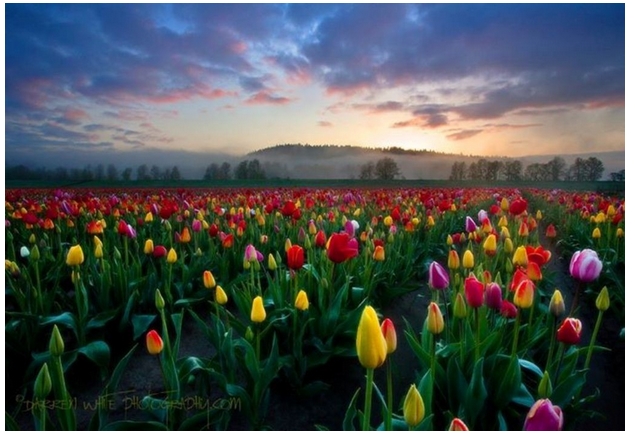
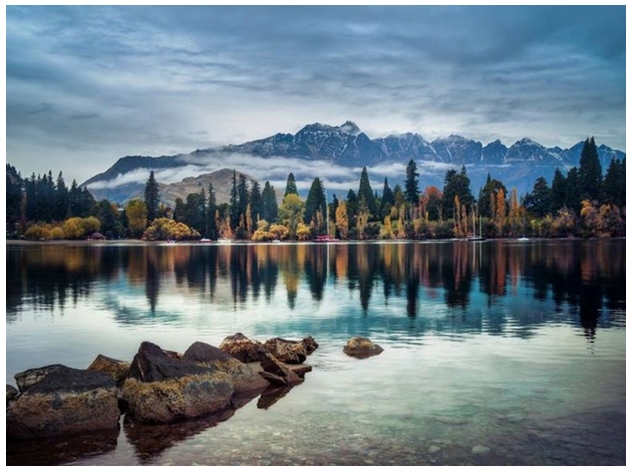
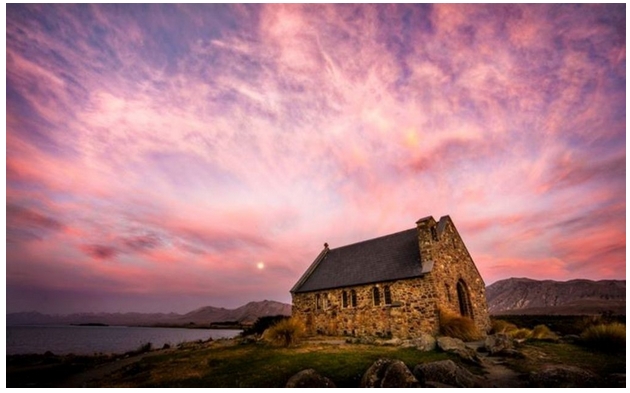
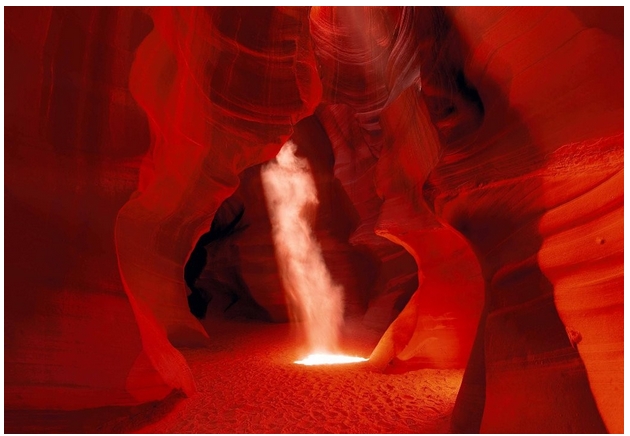
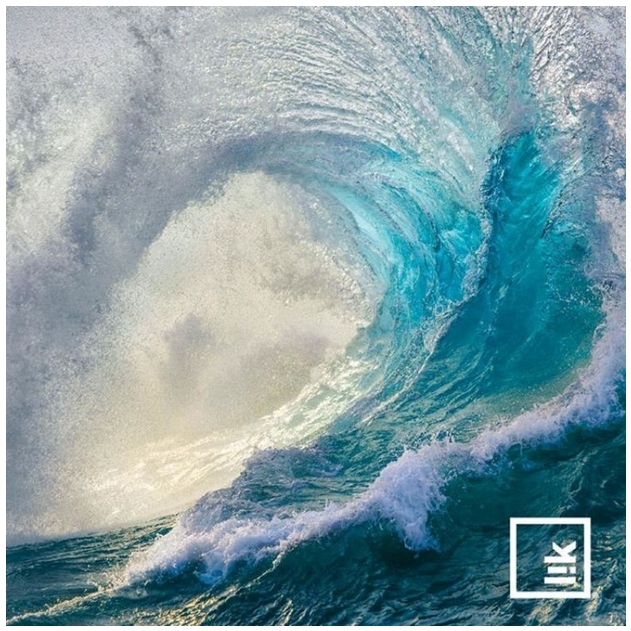
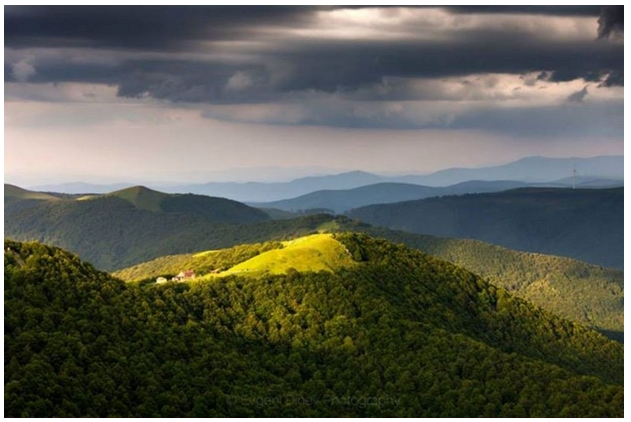

Lars van de Goor – Netherlands
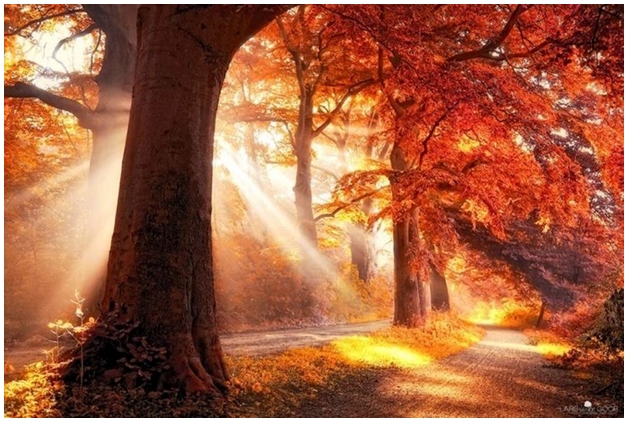


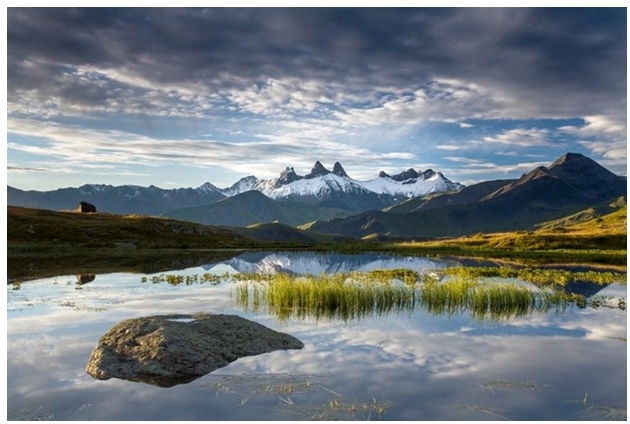
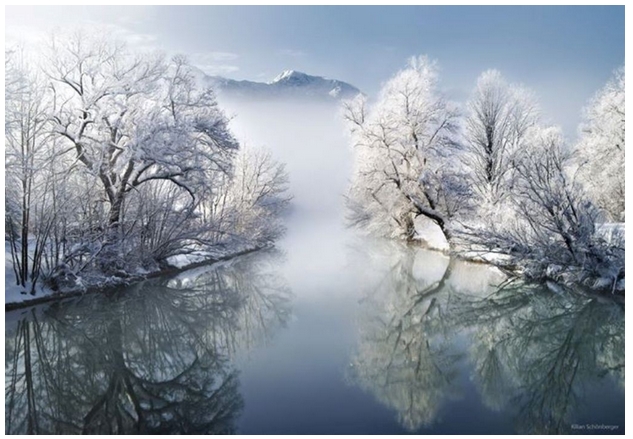
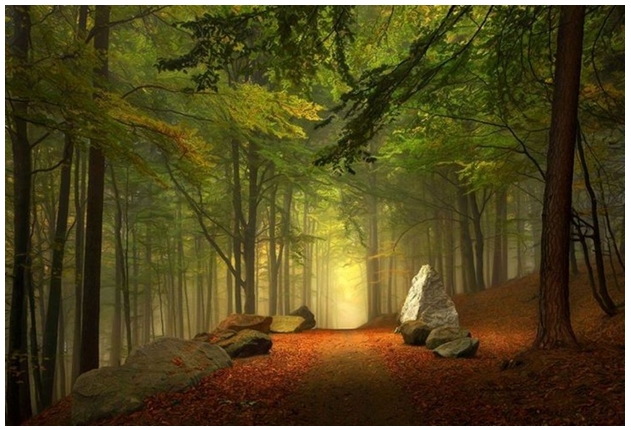
Related Post
Landscape photography tips and tricks – Shoot like a pro
How to capture landscape – Your simple guide
Thanks for reading the article, hope you found it useful, In the case of any comments or questions, please write it down in the box below, I will answer and reply immediately.
If you find the website interesting for you, remember to subscribe, there always be new fresh stuff for you.









Beautiful photographs and good tips you have shared in your article for taking landscape photography, I have heard wide angle lenses are better for landscape photography?
What would you recommend for the best choices of lens and cameras for landscape photography, are any cameras better than others for this type of photography?
Thanks for your comment, Because I’m a Canon fan, my recommendation is from Canon.
You can check my post “Best Canon lenses for landscape “, “Top Canon Camera DSLR camera “, and “What is the best DSLR camera for beginners “